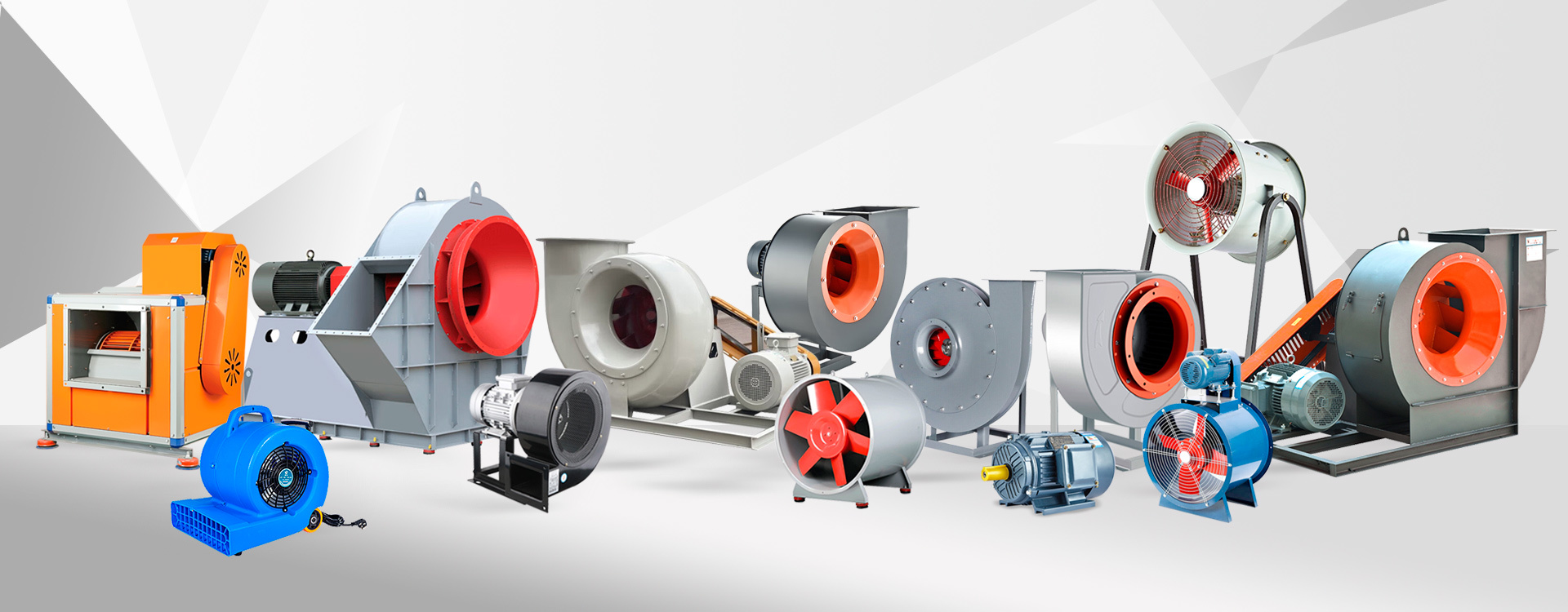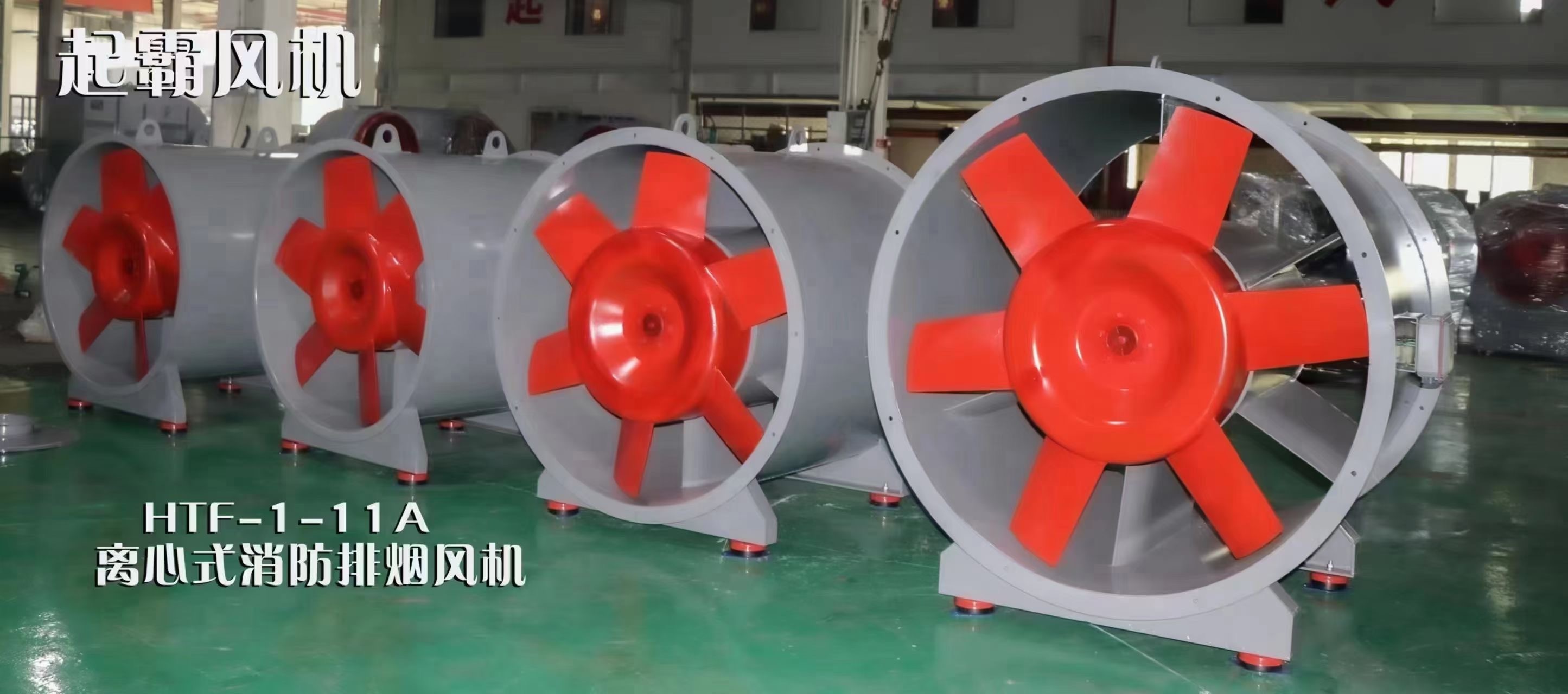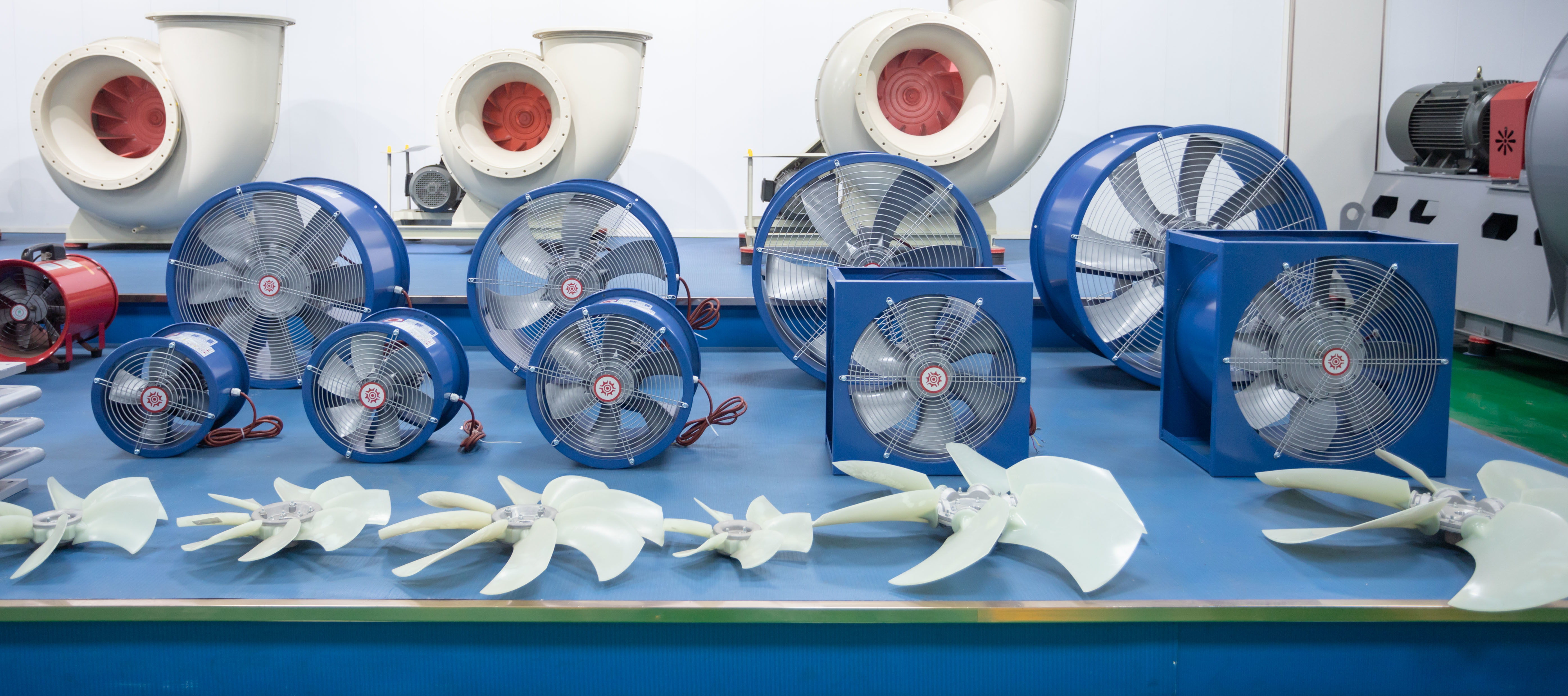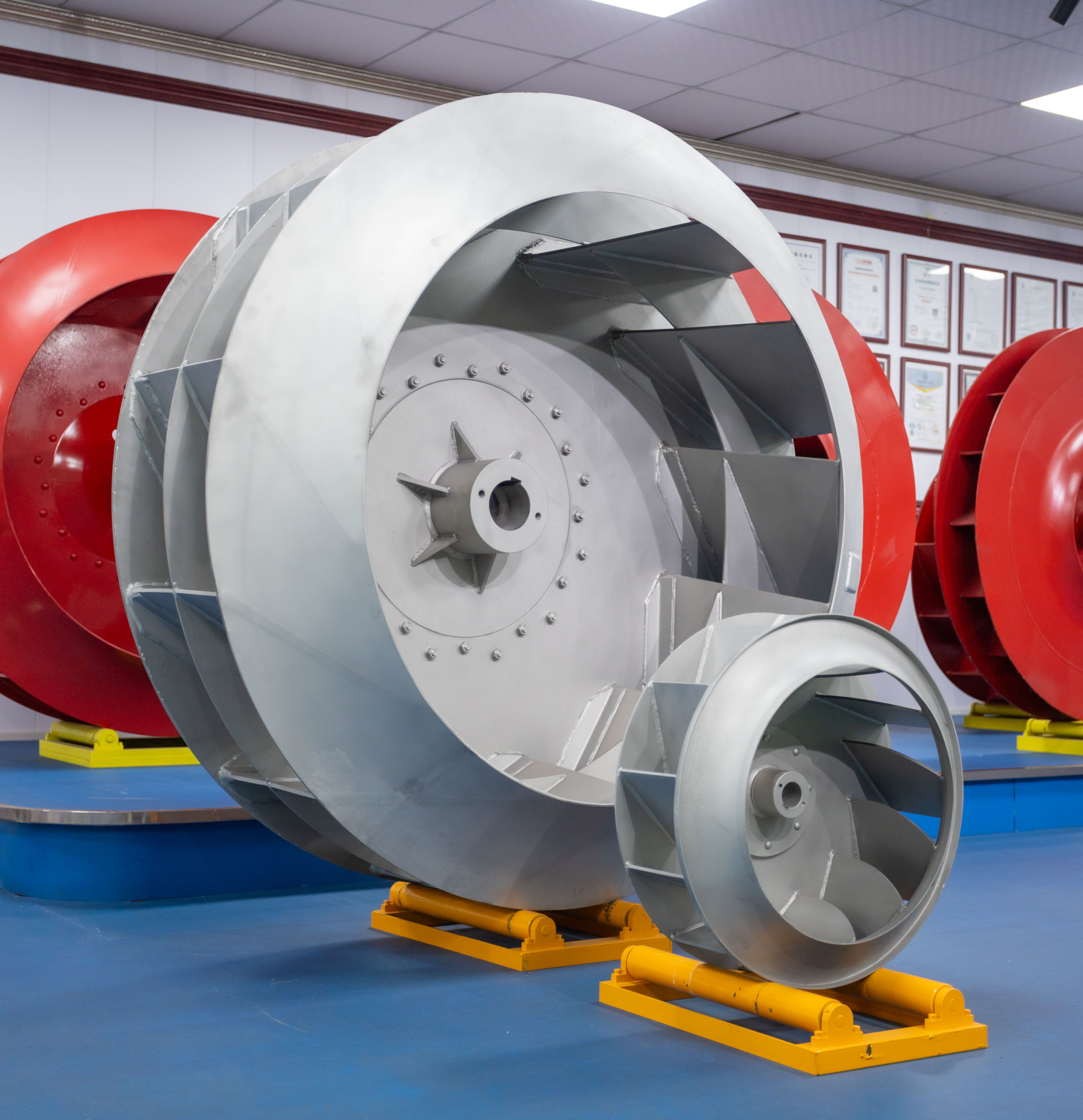The four core parameters of centrifugal fans are easy to understand at a glance!
When choosing a fan, terms like 'pressure, flow rate, speed, power' can be confusing. Let me clarify these concepts for you!//QIBA FAN
一、
Pressure: What is the "thrust" of the fan?
Static pressure is like the force you feel when blowing up a balloon; it pushes gas through pipelines and is measured in pascals (Pa).
Dynamic pressure refers to the "momentum" of gas flow, akin to running wind speed, measured in Pascals (Pa).
Total pressure is the sum of static and dynamic pressure. When choosing a fan, this parameter is crucial as it must account for pipeline resistance.
QIBA FAN
二、
Flow rate: How much air can the fan blow?
Flow rate: How many cubic meters of air can be blown by a fan per unit time (per hour), in meters per hour.
The key depends on the size of the impeller: the larger the impeller, the higher the flow rate. For example, fan 12 has a flow range of 15000-30000m ³/h.
三、
3. Speed: How fast does the fan run?
Speed: How many revolutions per minute does the impeller make, in r/min.
The faster the speed: the greater the air volume, but the higher the noise and power consumption.
Choose the number of poles for the motor: choose an 8-pole motor for low speed and a 2-pole motor for high speed.
四、
4. Power: How much electricity does the fan consume?
Flow rate: How many cubic meters of air can be blown by a fan per unit time (per hour), in meters per hour.
The impeller size determines the flow rate; larger impellers yield higher flow rates. For instance, fan 12 has a flow range of 15000-30000 m³/h.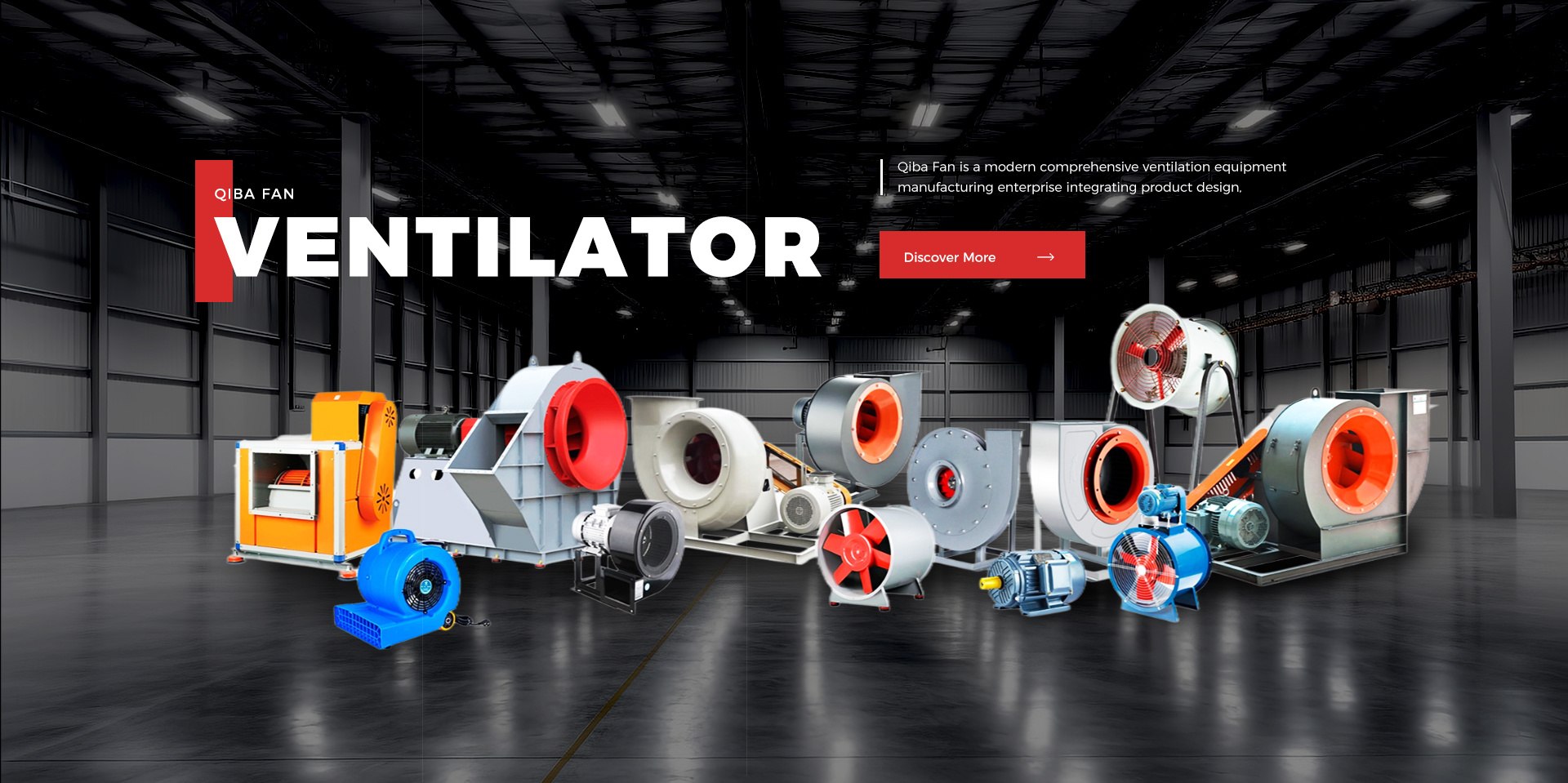
Tag:
Recommend News


